Linen fabric is one of the world’s oldest fabrics. It is a fabric that has been used for centuries, and its unique properties of linen make it perfect for many uses. In this context, learn about the 5 linen properties that make linen fabric so unique to the consumer.

Five Properties of Linen are as follows:
1. Linen is Antibacterial:
Almost all flax linen can prevent bacterial development in some way. Testing against staphylococcus resulted in a drop of 30 to 55 percent in inexact data. It may be the justification for taking it medically. However, there are additional advantages. Bacteria are the cause of body odor. As a result, a linen shirt will last longer.
Indeed, you’ve spotted advertisements for antibacterial dishwashing liquid to use in the kitchen. They emphasize the number of bacteria found on sponges and washcloths. As a linen dishcloth naturally harbors fewer bacteria, it is much less of a concern.
It has been sure for everyone in their daily lives at one point. Although it isn’t as regular as we’d like, dishes sometimes accumulate in the basin (all do it!). As a result, we rapidly run out of room on the drainage board while doing the dishes.
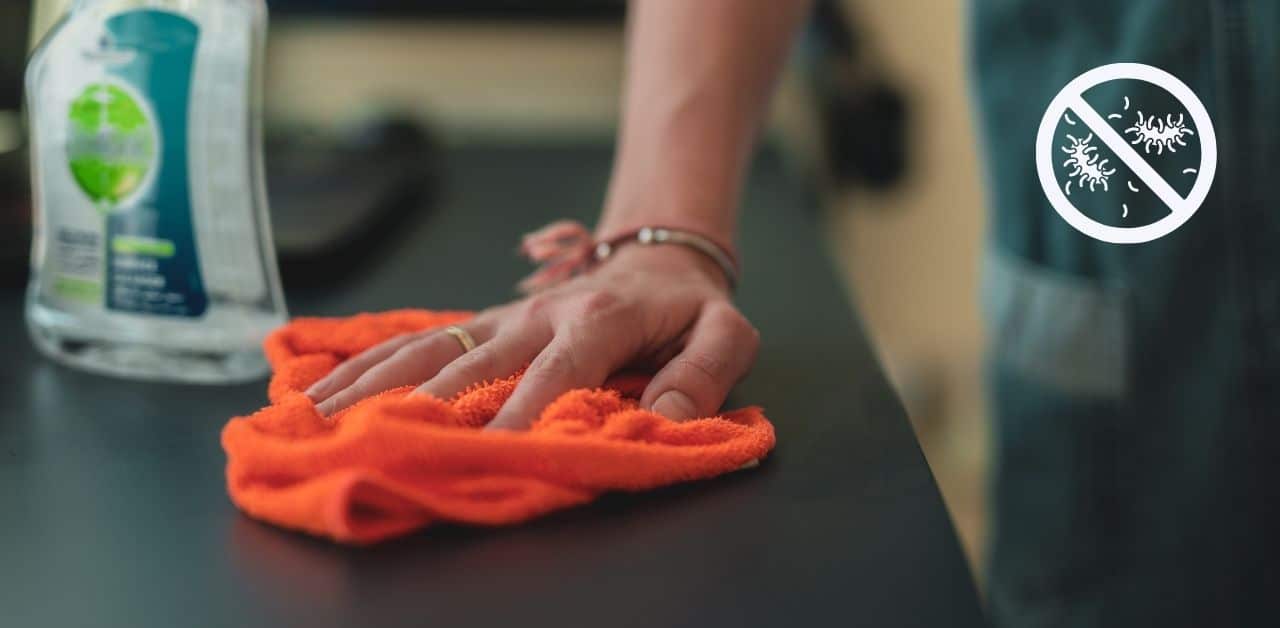
We began draping a washcloth over a chopping block and stacking the plates and stuff there until they dried up as a quick fix. The fabric, on the other hand, would begin to stink. All of the cups and plates began to smell the same strange, moist odor as the cloth. As a result, we’d just had to do it all over again.
However, the case is different when it is a linen fabric. They don’t have any odor.
Linen can also resist getting sterilized by boiling. With a wooden spoon, immerse it under simmering water for about 10 minutes. That’s all there is to it. However, there may be some additional shrinkage the very initial one or two times.
2. Thermoregulating:
You will sweat a lot if you are too hot. Isn’t that Biology? Dampness will be lifted away from the body by linen, preventing a sweaty feeling. It dries the fabric, and as a result, it dries you up too. When it’s freezing outside? It captures the airflow and holds onto the warmth to keep your body warm. It may appear to be a case of any cloth that does that, but linen handles it so much better.
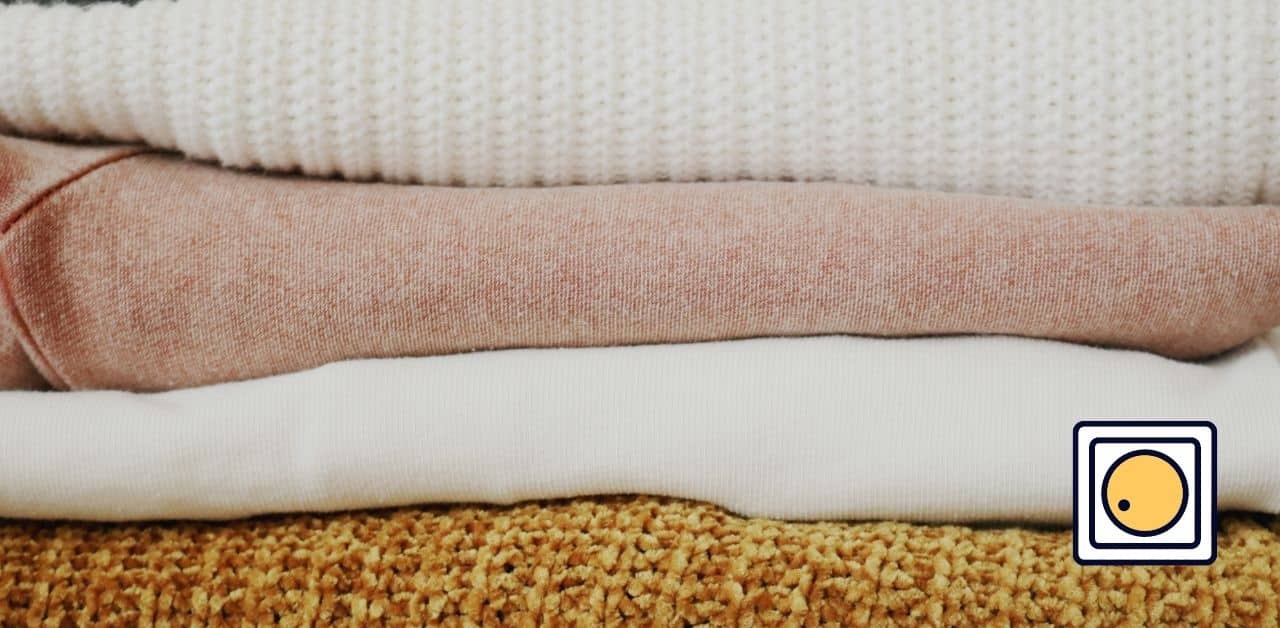
A damp face, for instance, is not desirable when using face masks. Linen dries quickly in the air. Although it is highly absorbent, it does not retain moisture as well as many other fibers. As a result, any moisture retention on your skin is driven away and evaporated, keeping you comfy.
On the other hand, this functionality on a blanket is ideal for temperature changes in warmer regions. It makes you feel warm when it’s chilly in the middle of the night. However, as the day warms up, it maintains your temperature so as not to get overheated.
Say goodbye to a restless night’s sleep and depending on an air conditioning unit all night! It keeps you relaxed during fevers (and nasty headaches) as your body tries to figure out whether you’re overly cold or hot.
3. Almost Zero fluff or lint:
What are your thoughts on woolen sweaters? And how about the fuzz that gets caught in our eyes, mouths, nostrils, and beards? Even if you adore wool-fabric-made sweaters in the cold, can you handle the fluff? It’s as though you’ve had hair in your mouth.
As a whole, linen comes with almost no fluff. Based on the weaving pattern, cotton might be puffy or not. Linen, on the other hand, tends to be fluff-free. There are advantages to utilizing this for facemasks. What about all the different uses, though?
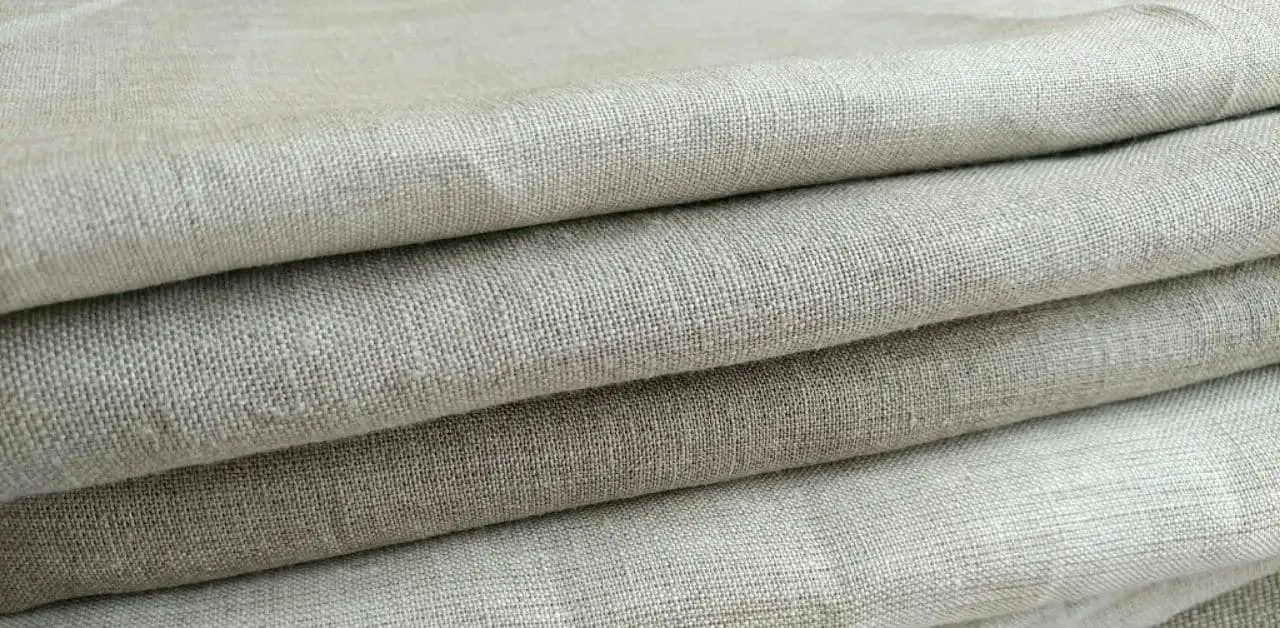
Linen outperforms the competition when drying items like glass since lint is very obvious and unpleasant. Another factor that’s wonderful in the kitchen is this. It causes less fuzz in wounds, which is suitable for medicine.
Before disposal alternatives took over, linen bandages were the standard. Linen is also well suited to medical textile applications due to its lack of fluff and antimicrobial qualities.
4. Durable and can be machine washed:
When linen fibers get wet, they become stronger. Yes, it can be machine-washed. Linen is less likely to get damaged than most other fabrics once washed, as flax fibers are sturdier when wet. This is why linen is woven in a moist environment to boost the yarn’s elastic strength.
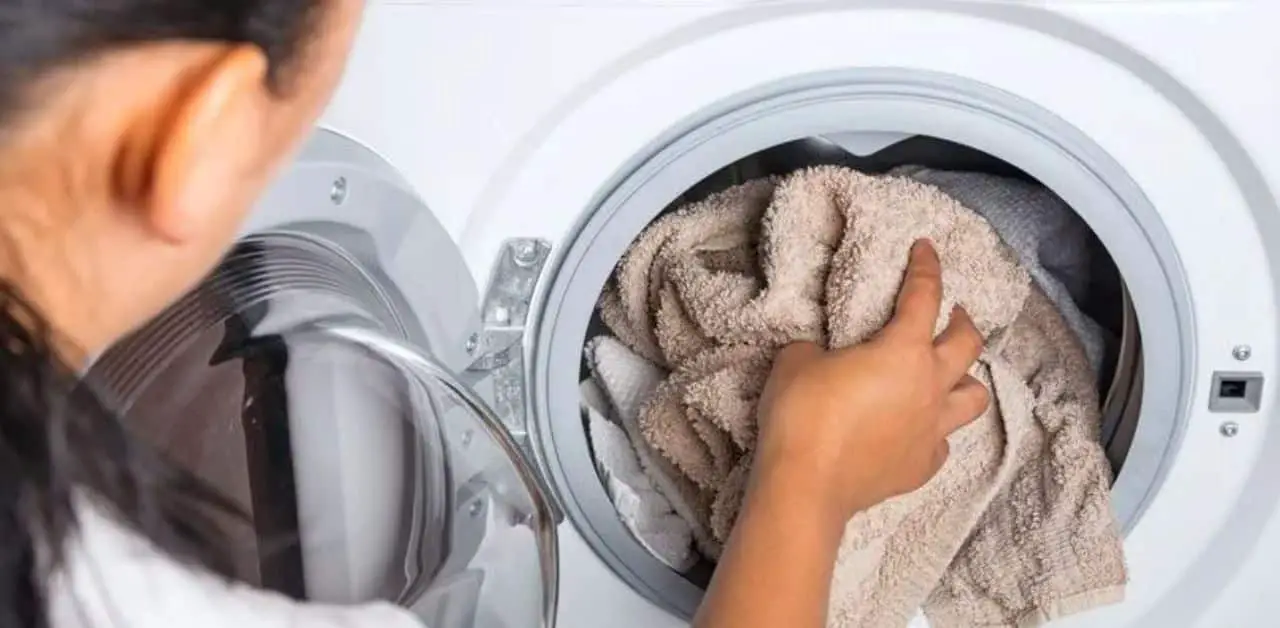
When combined, linen’s various linen fiber properties allow it to last significantly longer than other materials. Another of the go-to instances of this is Egyptian tombs. They were all draped in a linen cloth, which helped preserve the remains and endured for centuries in a tomb.
5. Hypoallergenic:
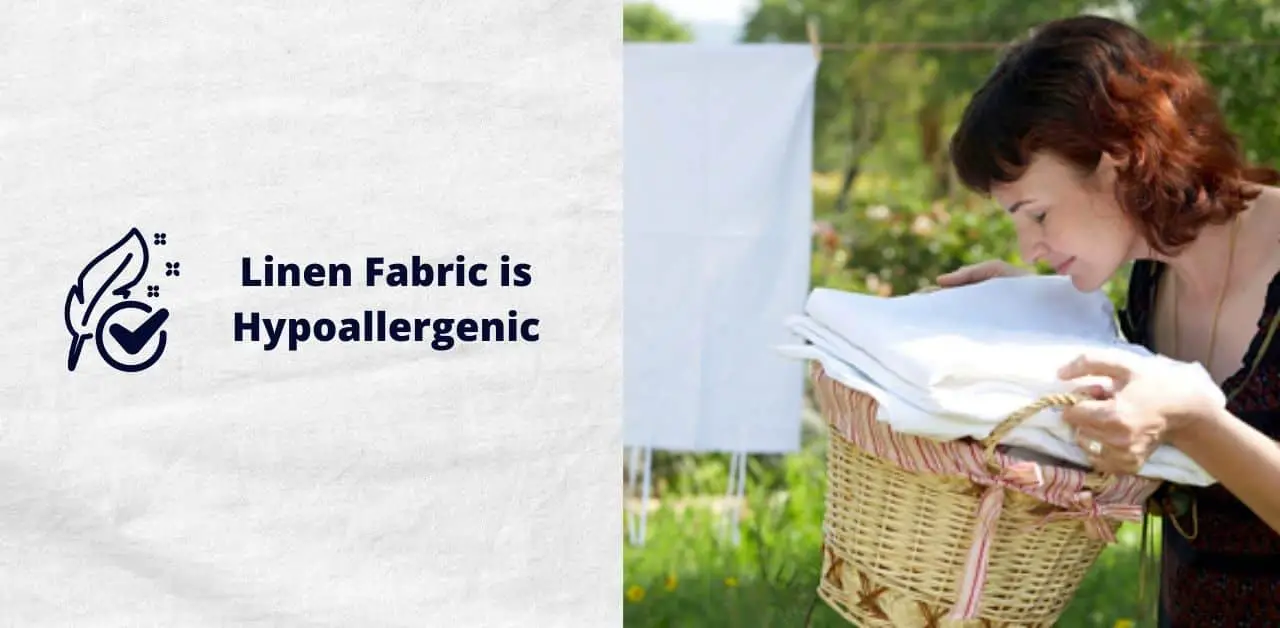
Linen is the ideal substitute for those with delicate skin or sensitivities to various fabrics. It has no allergic side effects. It’s one of the best alternatives for bedding and mattresses for asthmatics as it is completely hypoallergenic in nature and fluff-free. It can aid those who struggle with asthma or various allergies at night time because of its potential to thermoregulate.
Good and Bad Properties of Linen Fabric
Linen has been used to make garments, bandages, household items, and beds, to name a few things for its excellent properties. However, it went out of fashion and was overtaken by cotton fiber. It’s primarily associated with high-end tableware or light garments these days. But certainly, there has to be some advantage to something so adaptable.
Linen Fabric Properties
| Fabric Name | Linen Fabric |
| Manufacturing Materials | Flax Plant |
| Possible Threat Count | 200-2000 |
| Fabric Durability | Very Durable |
| Fabric Breathability | Excellent |
| Fabric Stretchability | Low |
| Heat Retention Ability | Low |
| Moisture-wicking Ability | Low |
| Prone to bubbling | Low |
| Washing Temperature | Cold to Hot |
| 5 Uses of linen | Clothing Bedding Tablecloths Towels Home Décor |
Some of the properties of linen are now supported by science and facts. As a result, new products have emerged, like our comfort masks. It also brought back things once commonplace in every home, such as fever blankets.
Linen is one of the most popular fabric choices for bedding, clothing, and upholstery. It’s also one of the oldest textiles in existence. Linen fabric making started around the world at least 5000 BC. Still, its popularity took off during Europe’s industrial revolution when it became a more widely available commodity thanks to new technologies like mechanical weaving.
Linen is Sustainable
The importance of sustainability cannot be overstated. Resources, concepts and ideas are taken from our environment, mother nature, to develop our products. We all want to breathe in a world where we can contribute as much as we receive. Fortunately for us, linen is a very environmentally friendly sustainable textile fiber. It has a very minimal environmental impact and is also biodegradable.
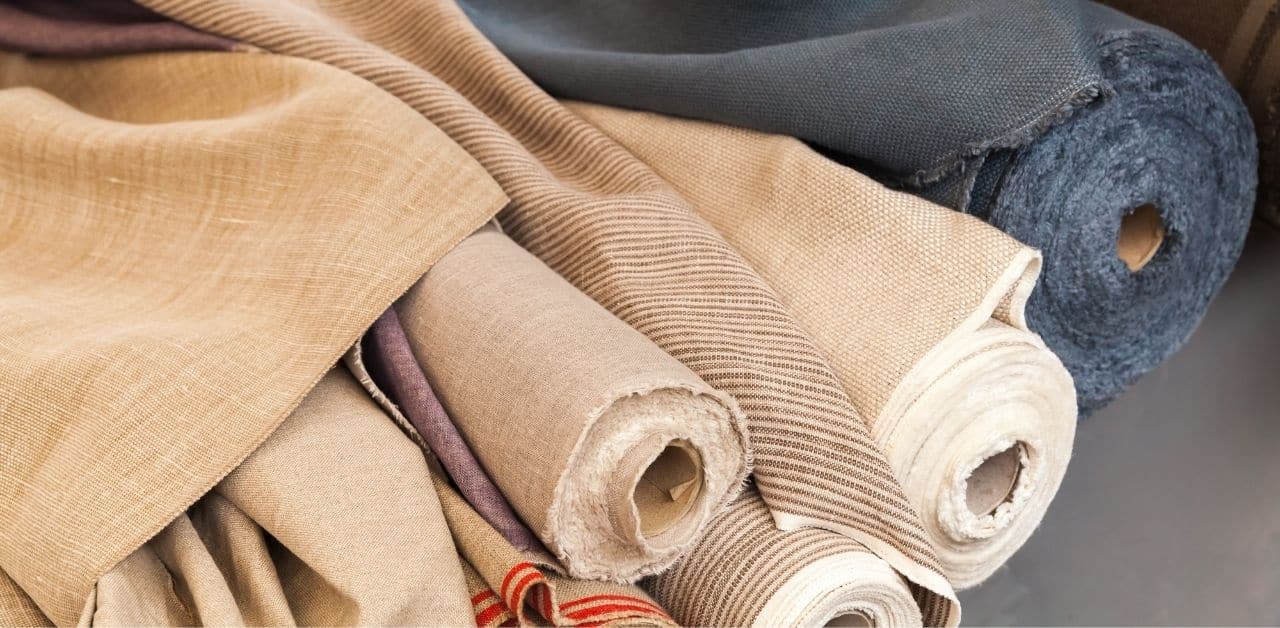
Linens are typically woven from flax plants. It lasts for a much longer time than most other fabrics; we are less reliant on throwaway options. Because you only want one linen duvet, you do not have to buy any cheap polyester blankets. It also doesn’t age as quickly.
Conclusions:
People use linen for all sorts of purposes because of the unique characteristics of linen fabric. Especially light, breathable, durable, and easy to clean, it is perfect for people with skin sensitivities or allergies and those who want their linens to last longer. The 5 Properties of Linen blog explored these properties in detail while looking at different ways you can incorporate these properties into your life.
Linen is also breathable and helps regulate temperature, making it great for warm climates or humid areas. It also dries quickly after washing, making it ideal for travel and regular uses! The properties of linen fiber make it so unique that we can easily conclude by saying that linen is the way to go.

Hi there,
you say in this article: “Linens are typically woven from flax plants that grow in water and are very durable.” Well, flax does NOT grow in water. In fact, it needs very little water, much less than cotton. It is grown in areas bordering the North Sea or the Baltics – Northern France, Belgium, Netherlands, Estonia, Lithuania – because the fibers can be retted on the field in the natural changes of humidity within each day that the nearby sea provides in the harvest season. This avoids the need of retting the fibers in rivers or basins, which was very bad for the health of the workers in the past.
Other than this mistake, I found the article quite interesting. I would have appreciated a few scientific sources though.
Best regards.
Appreciate your afford to pointing out the facts. We correct the sentence, after validating the facts.